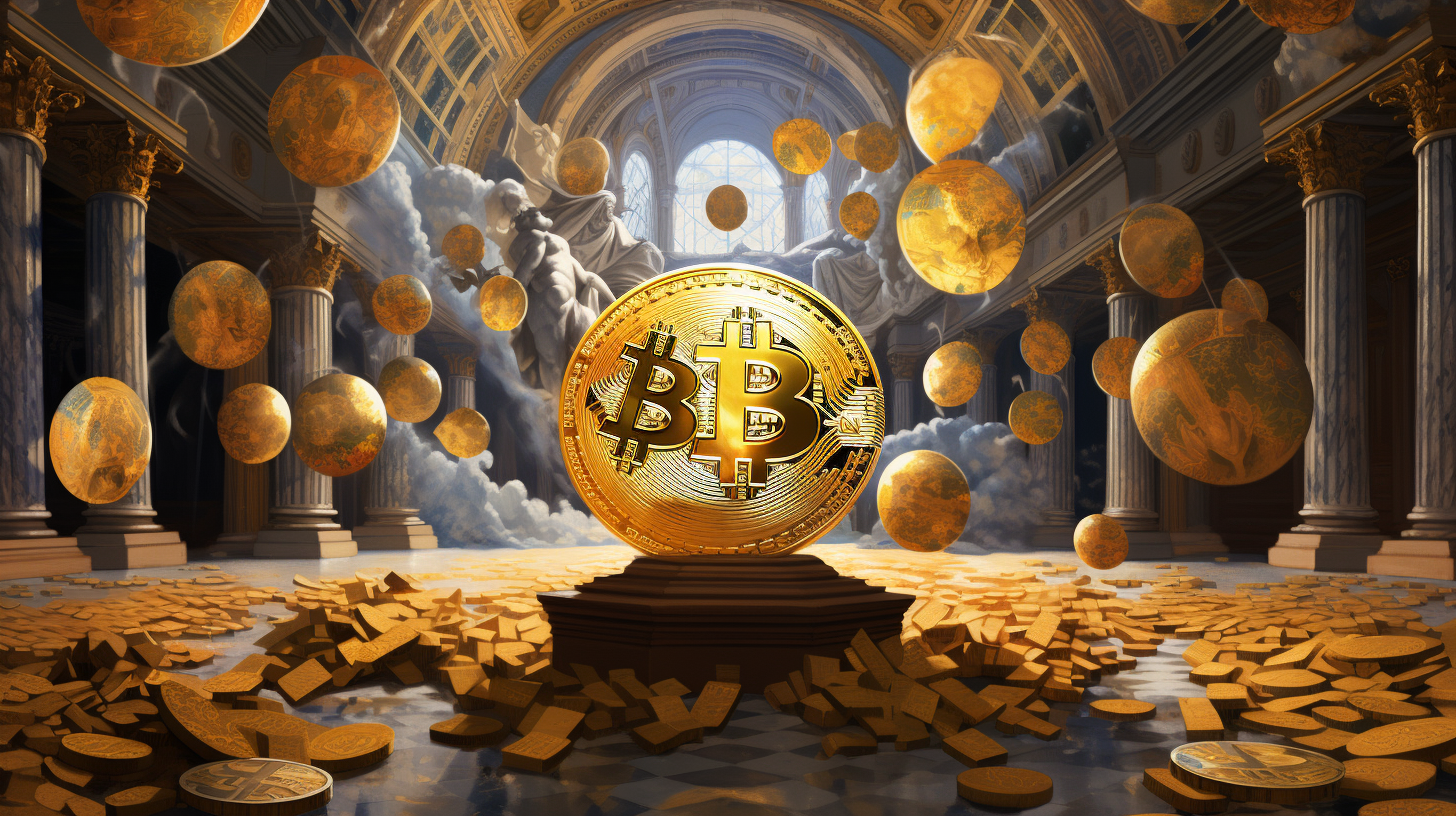The art world has undergone a revolutionary transformation, not by the stroke of a brush on canvas, but through the pixel-perfect innovations of the blockchain. ‘The Decentralized Art Scene: How Artists Are Claiming Back Their Market’ delves into this vibrant ecosystem where the paint of today is coded, and the galleries are virtual. Artists, once tethered to the whims of galleries and collectors, are now reclaiming the art market for themselves, one block at a time.
Long gone are the gatekeepers who dictated which paintings made it to the public eye and which languished in obscurity. Cryptocurrencies and blockchain technology have democratized the art world, providing a platform for artists to interact directly with their audience. Through the use of digital currencies like Ethereum, artists are selling their creations, safe in the knowledge that blockchain’s ledger provides indisputable provenance and ownership records.
Artists are also embracing the realm of smart contracts, which has opened the floodgates to innovation. These digital contracts, running on blockchain networks, enable a more intimate bond between artist and collector. In this new reality, artists can receive royalties instantly upon resale, a once-elusive dream now rendered possible through code.
But what really shakes the foundation of the traditional art scene is the surge of Non-Fungible Tokens (NFTs) — unique digital certificates for art pieces tethered to the blockchain. Beyond mere proof of ownership, NFTs have transformed how art is experienced, traded, and conceptualized.
A striking example is the emergence of ‘Living Art’, an innovative artistic expression that evolves based on real-world events and blockchain data, much as described in our previous article, ‘Unlocking Cryptographic Art Beyond NFTs’. Such dynamic pieces ensure that the world of art is never static, always engaging, and perennially fresh.
One might wonder, has this shift been positive for the art community? The answer appears to be a resounding yes. Artists now have the means to orchestrate their own sales, market their work globally, and secure their intellectual property without a middleman. By stripping away layers of financial obfuscation, the crypto-art market is making art investment more straightforward and transparent than ever before. Collectors, no longer constrained by geography, can discover and purchase art from anywhere in the world.
The crypto-city landscapes are becoming dotted with virtual galleries—platforms where the only limit is the creator’s imagination. These hubs of creativity are not just platforms for purchase but social spaces where dialogue, critique, and collaboration thrive. The ‘digital wallet’ here is more than a vessel for currency; it’s a passport to a burgeoning cultural metropolis.
Yet, as with any revolution, there are challenges to overcome. Preservation of digital art remains a topic of concern, as does the environmental impact of blockchain technology. Artists and developers continually strive for sustainable solutions and greater accessibility to maintain the vibrant, decentralized art scene.
In conclusion, the decentralized art scene has redefined artist autonomy, propelling creators to the forefront of a financial renaissance. As the blockchain continues to weave its threads through the fabric of society, one can only imagine how the art world will further evolve in this uncharted territory.
